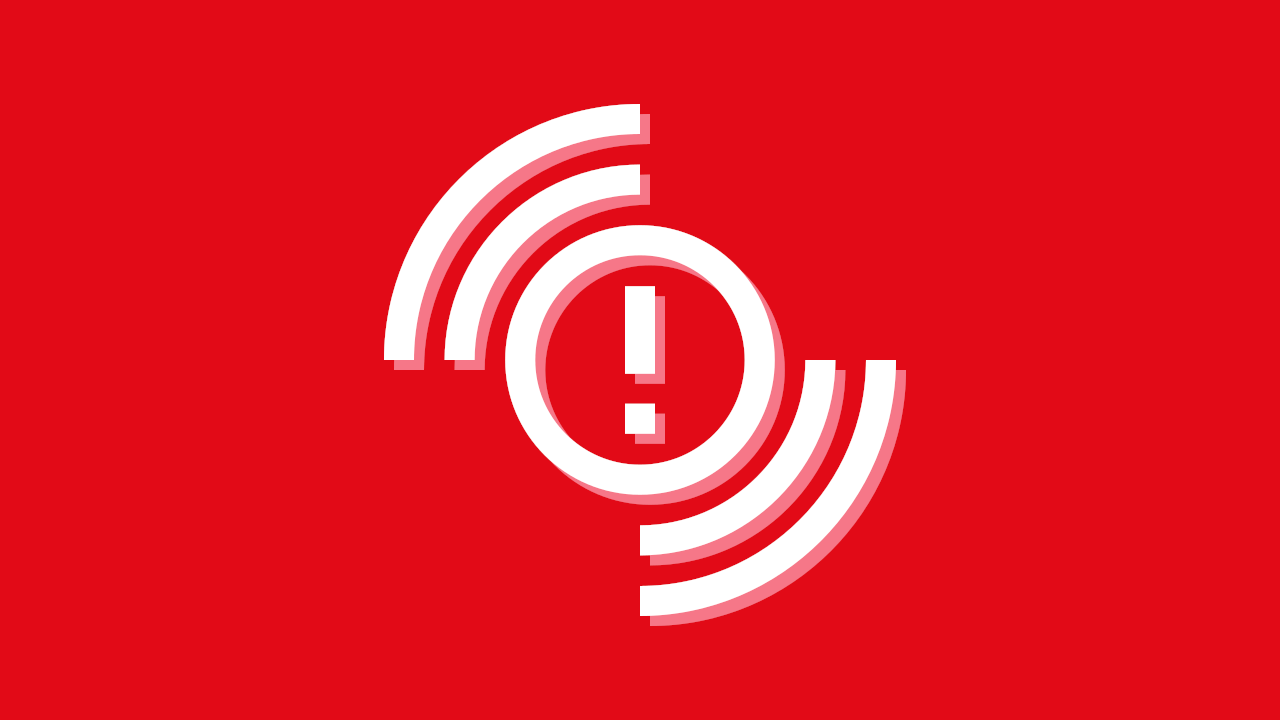I’m a content designer, and I used to be a crisis communicator.
In human-centred design, we design to meet a human need. We identify that need through research, analysis, and ongoing usability testing.
In a crisis, there’s no time for research or iterative design.
But there are human-centred design practices we can use in crisis communication for a better outcome.
I’ve used them effectively during evacuations, unexpected political change, and major reputational issues.
Here are 3 of them.
Name the action
Here’s an example.
You are communicating with a person, or people, who are in a country experiencing conflict. They are looking for a safe way out of the country.
They’re at a safehouse, about to cross a border, but need to know if they can safely ask for refuge.
You need to tell them that they cannot safely cross that border today.
You write this message:
It is not safe to go to [country name].
That’s a clear sentence. But a person experiencing great stress could misunderstand it.
Negative sentences are more often misunderstood than positive sentences, especially when there is a language barrier.
Instead of telling or implying what not to do, tell a person what to do by clearly naming the action. For example:
Stay at the safehouse.
Wait at the safehouse until we confirm safe passage.
Sometimes the negative action (avoid something, don’t do something) is the most important message. If so, use clear, unambiguous keywords.
Instead of:
It is not safe to go to [country name].
Write:
Danger in [country name].
A person experiencing high stress could look at the first sentence and understand only the words ‘safe’ combined with the name of the country.
It is not safe to go to [country name].
That misunderstanding could have huge consequences.
But it’s difficult to misunderstand ‘danger’ combined with a place name.
Be directive
Let’s look at that sentence again:
It is not safe to go to [country name].
You’re asking the person to do two things:
- understand the information
- decide what to do about it
The choices and consequences would be obvious to a person who is not under great stress.
But the higher our cognitive load, the less able we are to understand information and make decisions.
We also struggle to look at the big picture when our brain is putting all its energy into survival.
These sentences are more directive:
Stay at the safehouse.
Wait at the safehouse until we confirm safe passage.
A person only has to follow the instruction. It’s one less step, but it’s a huge step for a person whose cognitive load is already at its limit. They only have to:
- do the thing
Learn what people need
Let’s say you work for a university with a remote campus.
The remote campus is in a country with unstable infrastructure.
That campus also has a local partner, and students take their exams at that local partner’s premises.
But the premises has a major safety issue. Inspectors just discovered it and closed the building for 3 months.
The exams are tomorrow. It will be difficult to find another suitable premises because of infrastructure issues in the area.
A student wakes up on exam morning to an SMS. Their notifications are switched on, and this is what they sees on their screen:
Unfortunately due to issues beyond our control with this year’s partner premises, exams are…
The student knows that something is wrong with the exams that they have been preparing for a year. They don’t know anything else.
That’s because someone decided it was more important to avoid blame than to communicate useful information.
The student opens the full SMS. This is what they see:
Unfortunately due to issues beyond our control with this year’s partner premises, exams are no longer taking place at the location in our previous correspondence. Please contact the relevant partner for more information. We apologise for any inconvenience.
The student has more questions than before:
- Are their exams cancelled?
- Will they have to travel somewhere new to take the exams?
- Where do they have to go?
- Who is the relevant partner?
- What is their phone number?
- And more crucially, is all the work, money and ambition of the last year lost?
They are also feeling enormous stress, which makes it difficult to decide what to do next.
Their roommate is nearby, but the SMS is written in overly-polite English, which their roommate won’t understand. Even they are struggling with it, despite having excellent English.
They look at social media but find other students who are just as confused and frightened as they are.
They look at the university’s website and find no mention of the exams.
On a design project, we do weeks of research to understand what problem people are trying to solve when they use our product or service.
There’s no time for that in a crisis. Usually, we have minutes.
An effective crisis team includes people with different, relevant expertise.
You can assemble that group with their expertise at any time to:
- understand probable risks
- understand who will probably be affected, and how
- understand what that person will need to know and do
- understand that person’s environment
When a crisis happens, you will be better prepared to decide your response based on those proven needs. And you’ll be better able to make the case for a human-centred response to senior stakeholders.
This is the SMS the student needed:
Your exam is postponed. Your results will not be affected. We will reschedule today and contact you by SMS. There is a full explanation on our website [link] and a contact number.
They didn’t need to know whose fault it was, and they didn’t need language that is polite in a specific cultural setting.
They needed facts and next steps, in clear, internationally accessible language.
This is what you’ll get (and avoid)
People will trust you if you tell them the truth. The truth isn’t just correct information. It’s correct, understandable, usable information.
People won’t go to other sources for the information they need. That means you are more in control of the narrative and people will be less likely to encounter misinformation.
People will understand the first time. That reduces the chances of harm. It also means fewer questions on social media and through call centres.
I used these examples in a talk for UX Scotland in 2023. I’m available for talks and workshops with your teams.
And, more generally, I’m always happy to talk to people with an interest in crisis communications and human-centred design. Or with people who are just starting to think about it.
Find me on LinkedIn or message me here if you want to connect.



